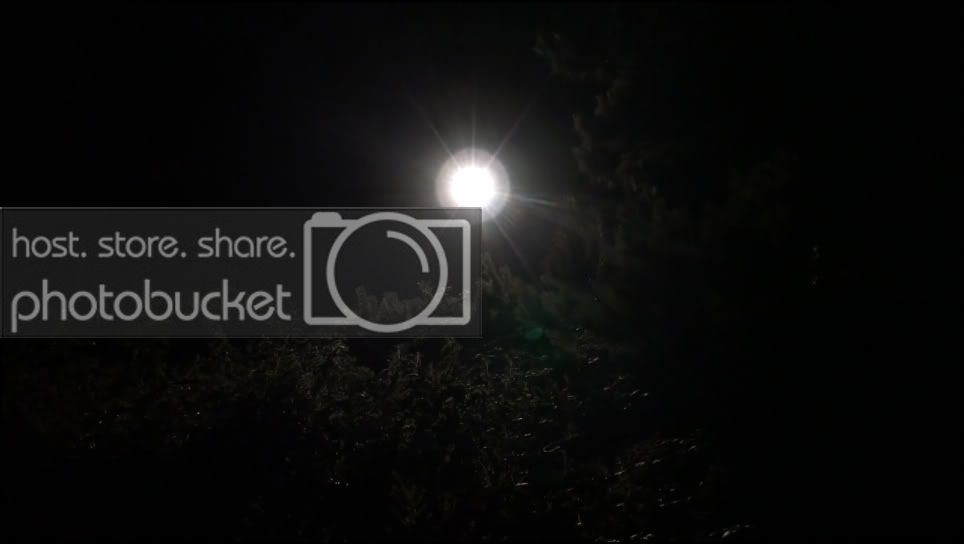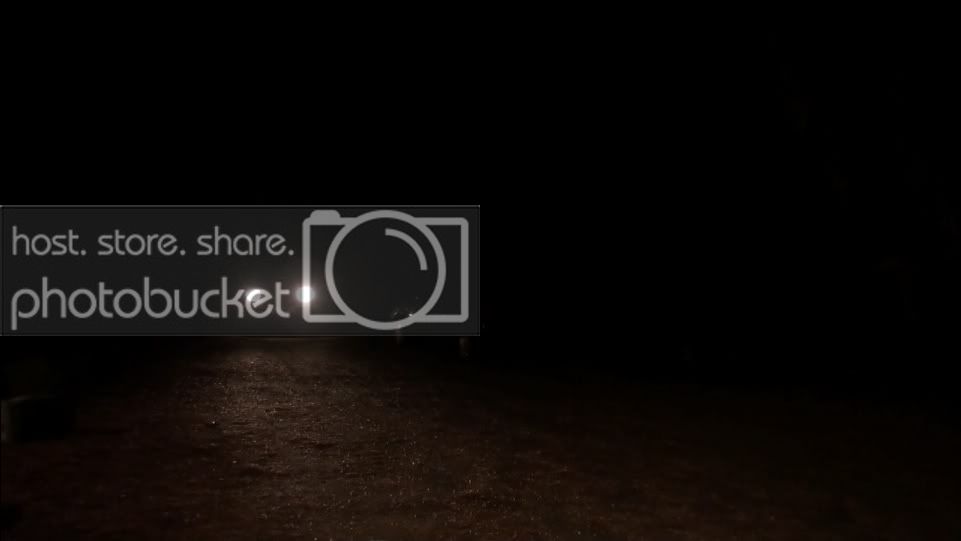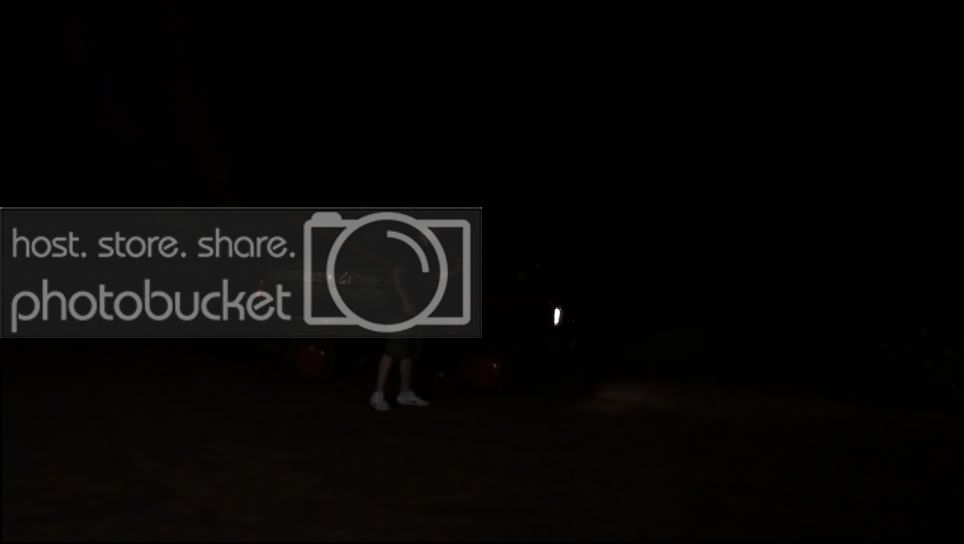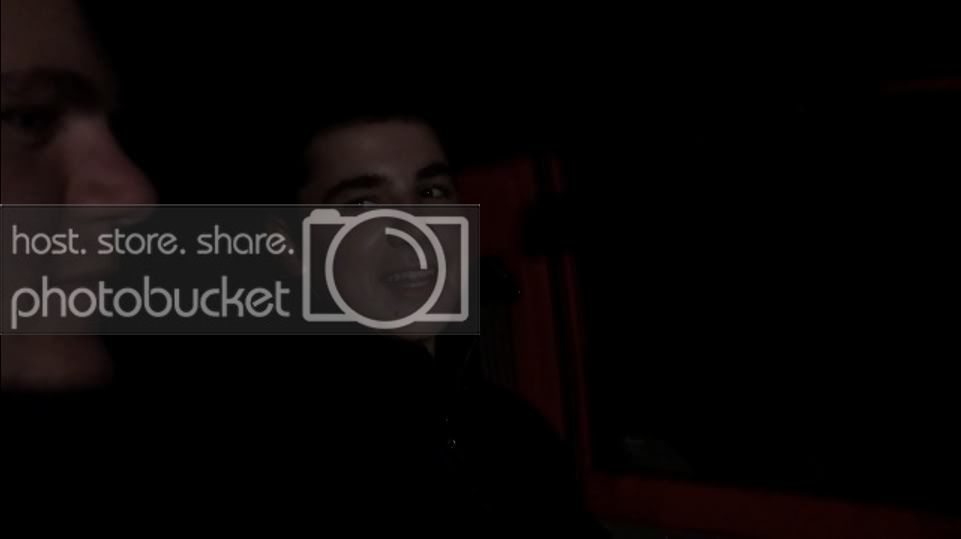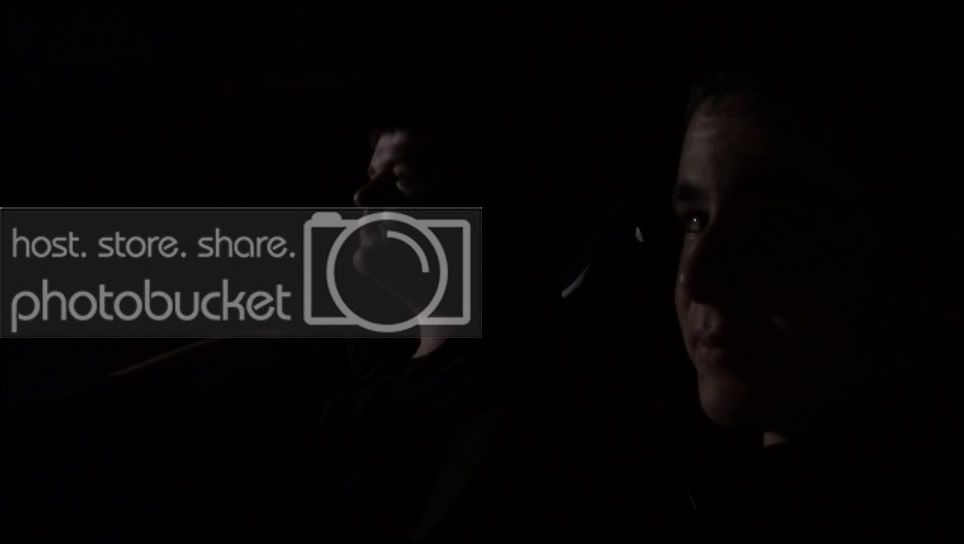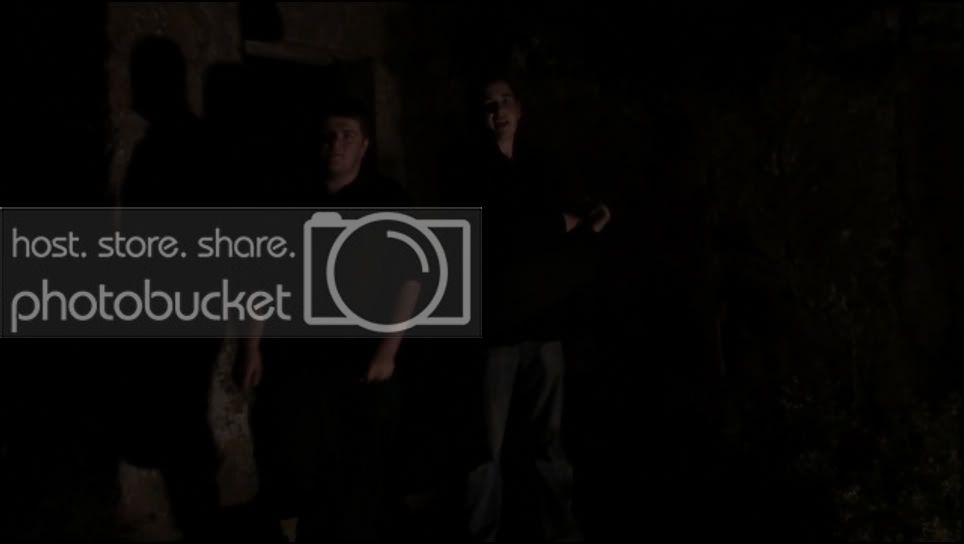Sorry I'm jumping into this thread a little late, but the more information the better, right?
Lighting at night is interesting. Like all lighting, however, how you do it depends on the emotion or feeling you're hoping to convey. Lighting a night scene for a horror flick is going to be quite different than lighting a night scene in a romantic comedy. The feeling of each scene is quite different and, therefore, so should the lighting.
Example 1: Horror Scene:
Our victim is walking barefoot and beat up through a thick forest. She's not sure where she is but she keeps going, lighting her way with a flashlight. Each sound sends the light jerking in a new direction. She begins to cry softly as the flashlight begins to flicker.
How would I light it? First I'd schedule the shoot on a night that is supposed to have a full moon and I'd set up the shot so that the moon was behind the talent. I just made the moon my backlight and if I'm lucky the night will be bright enough to subtly light the background of trees and brush. I'd then find the most powerful flashlight I could find that makes sense for the character to carry and I'd place a reflector (made out of white foam core if I didn't have a "real" one) right in front of the flashlight. This would bounce the light back at the talent making it a soft key. I'd keep the shot tight, the world small. When the flashlight finally dies (as they always do in a horror movie) the scene goes dark and the talent screams in terror as she meets a horrible death...
Example 2: Romantic Comedy:
Four people are sitting around a fire pit on a beach roasting marshmallows. One couple gets up and leaves to go have a romp in the back of '83 Chevy Van. The remaining boy starts to spill his heart to the girl next to him that is totally out of his league. She's not paying attention because her marshmallow has caught fire. She starts to wave the stick around furiously. The marshmallow flies off and into the boy's eye.
How would I light this. Well, the moon trick still applies. It may not always work, but I always try. We also have a built in light source, the fire pit. I'd add key light from the fire's position with whatever I had; a 500 watt garage light would work great. Then I'd add a soft backlight with a little blue gel to simulate extra moonlight. TIP: ADD FIRE TO MARSHMALLOW IN POST!
My point here is to plan and be creative. You can light with anything; garage lights, headlights, CFLs (my favorite), street lights, flashlights... The bigger you make the world you're characters are in the bigger you'll have to light. If you have the money set aside to rent a couple of 10Ks, go for it. Steams of light coming though the tree branches from above or light reflected off the water would look awesome. If you don't, don't sweat it. Make the world smaller.
Hope you find this helpful.
www.wakethewitchmovie.com
www.bloodritesmovie.com



